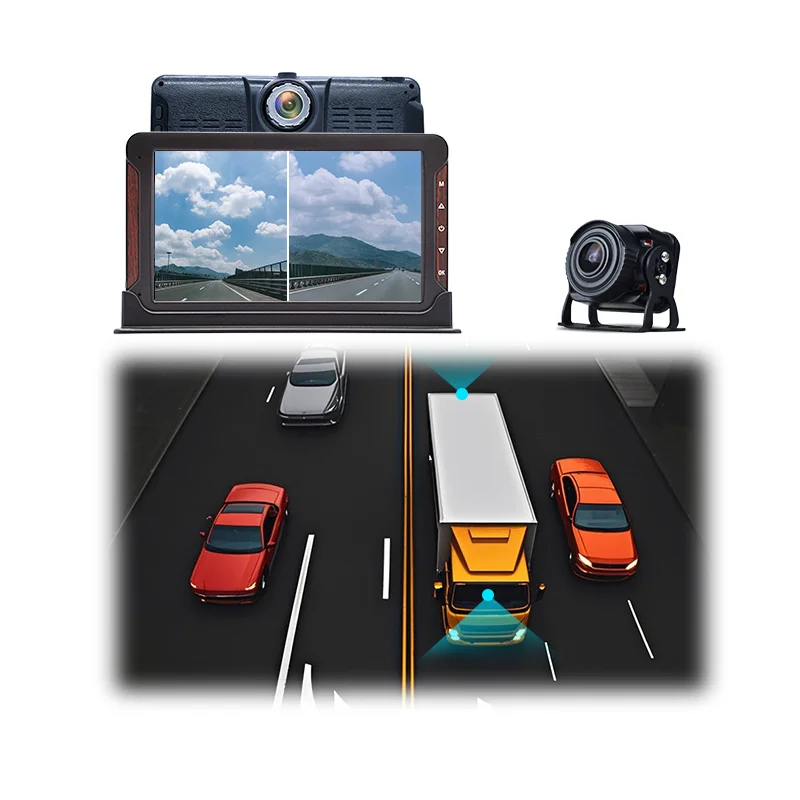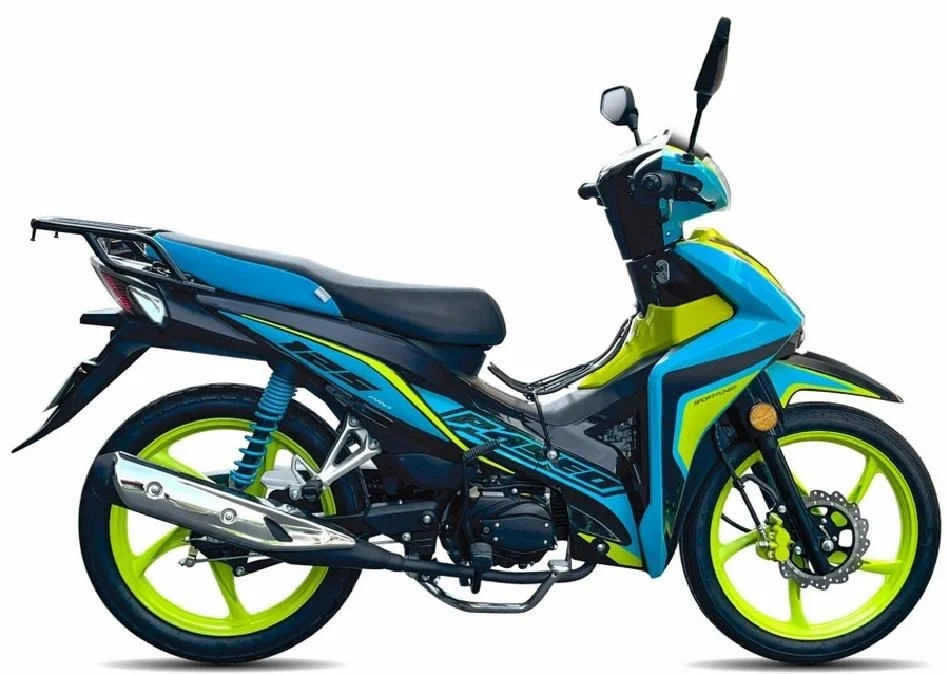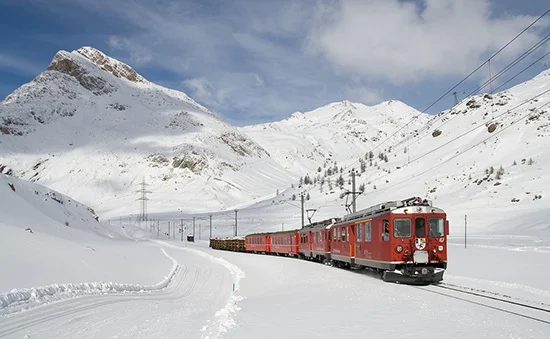Exploring Cost-Effective Travel: Unveiling the Least Expensive Transportation Modes
In an increasingly interconnected world, the need for affordable transportation options has never been more critical. Whether for daily commutes, long-distance travel, or logistics, understanding the least expensive transportation modes can significantly impact personal finances and business operations. This article delves into various transportation methods, analyzing their cost-effectiveness while considering factors such as distance, convenience, and environmental impact.
Understanding Transportation Costs
Before identifying the least expensive transportation modes, it’s essential to understand the components that contribute to transportation costs. These include:
- Direct Costs: Fuel, maintenance, tolls, and fares.
- Indirect Costs: Time spent traveling, opportunity costs, and potential wear and tear on personal vehicles.
- Environmental Costs: Emissions and ecological impact, which can indirectly affect costs through regulations and sustainability initiatives.
Analyzing Transportation Modes
- Walking and Bicycling
For short distances, walking and bicycling are undoubtedly the least expensive modes of transportation. They incur minimal direct costs—primarily related to maintenance and safety gear for bicycles. Additionally, these modes promote health and well-being, making them not only cost-effective but also beneficial for personal fitness.
- Cost Analysis:
- Walking: Free, aside from potential footwear costs.
- Bicycling: Initial investment in a bicycle (ranging from $100 to $1,000) and maintenance costs (approximately $50 annually).
- Public Transportation
Public transportation systems, including buses, subways, and trams, offer a cost-effective alternative for urban commuting. The affordability of public transport varies by city, but it generally remains cheaper than owning and maintaining a personal vehicle.
- Cost Analysis:
- Average monthly public transport pass: $70-$120.
- Per trip cost: $1-$3, depending on the city.
Public transportation also reduces traffic congestion and lowers carbon footprints, making it an environmentally friendly option.
- Carpooling and Ridesharing
Carpooling and ridesharing services like Uber and Lyft can be economical for those who do not own a vehicle or prefer not to drive. By sharing rides, costs can be significantly reduced, especially for longer trips.
- Cost Analysis:
- Carpooling: Typically free or minimal cost, depending on the arrangement.
- Ridesharing: Average fare ranges from $10 to $30 for short to medium distances.
- Long-Distance Bus Services
For long-distance travel, buses are often the least expensive option compared to trains or flights. Companies like Greyhound and Megabus offer competitive pricing, especially when booked in advance.
- Cost Analysis:
- Average ticket price: $30-$100 for intercity travel, depending on distance and time of booking.
- Train Travel
While not always the cheapest option, train travel can be economical, particularly in regions with extensive rail networks. Discounts for students, seniors, and early bookings can make train travel more affordable.
- Cost Analysis:
- Average ticket price: $50-$150 for intercity travel, with potential discounts.
Factors Influencing Transportation Choices
When considering the least expensive transportation mode, several factors come into play:
- Distance: Short distances favor walking or biking, while longer distances may necessitate public transport or ridesharing.
- Time Sensitivity: If time is a critical factor, more expensive options like ridesharing or trains may be preferred despite higher costs.
- Convenience: Accessibility and convenience can outweigh cost considerations, particularly in areas with limited public transport options.
- Environmental Impact: Increasingly, consumers are factoring in the ecological footprint of their transportation choices, which can influence decisions beyond mere cost.
Conclusion
Identifying the least expensive transportation mode requires a nuanced understanding of various factors, including distance, convenience, and personal circumstances. While walking and biking are the most cost-effective for short distances, public transportation and long-distance bus services emerge as economical choices for urban and intercity travel. Ultimately, the best transportation mode balances cost with convenience and environmental considerations, enabling individuals and businesses to make informed decisions that align with their financial and ethical values.




